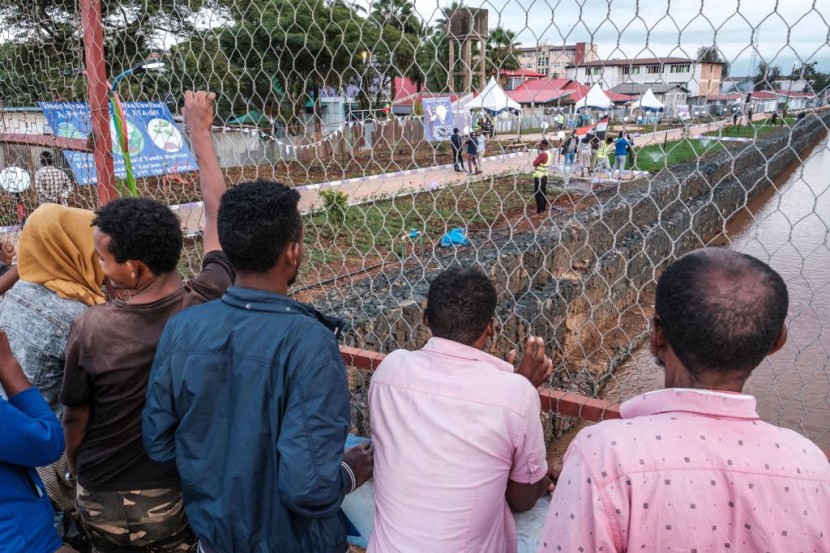
Officials reported that at least 30 dead bodies were found floating in the water and washed up on the Sudanese banks of a river that borders the northern area of Tigray, based on accounts of two Ethiopian refugees and four Sudanese witnesses.
The witnesses discovered the bodies in the Setit River, also known in the region as the Tekeze, and retrieved the corpses. The river is the current de facto border between the territories controlled by Tigrayan forces and the area controlled by Amhara forces who are allied with the federal government of Ethiopia. The river also separates Sudan from Ethiopia at a different point.
Floating Dead Bodies
Dr. Tewodros Tefera, a surgeon who fled from the Ethiopian border town of Humera, said he was forced to bury 10 dead bodies in the last six days in Sudan. He noted that local fishermen and refugees told him they discovered 28 more victims; seven of which were found on Monday.
The medical expert said the bodies were discovered to have gunshot wounds in their chest, abdomen, and legs. The deceased were also found with their hands tied together, three of which were identified to be Tigrayans from Humera, CNN reported. When the fighting began, many Tigrayans from Humera fled all the way to Sudan to save themselves.
Tewodros said the bodies were probably in the water for at least seven days before being discovered by witnesses. He noted they were rotting badly and were difficult to identify due to their features. They found one victim who had a tattoo that was very common for the Tigrayan name "Gidey."
The doctor went on to work in a refugee camp in Hamdayet, where thousands of Ethiopians have made their home. Many residents who have just arrived at the camp said pro-government militias from the neighboring region of Amhara conducted mass arrests, BBC reported.
Photographs of grotesquely bloated bodies floating in the river circulated on social media platforms on Monday, quickly becoming viral worldwide. A similar incident was brought back from history when the genocide in the East African nation of Rwanda in 1994 resulted in the bodies of the victims floating over an international border.
Denying the Allegations
However, the Ethiopian government said the photographs were fakes, arguing they were created by Tigrayan officials who wished to discredit Ethiopia's Prime Minister Abiy Ahmed. The official won the Nobel Peace Prize in 2019 and is currently faced with widespread criticism and allegations of atrocities.
In response to the accusations, Abiy's government said that Tigrayans have also committed heinous acts of abuse, including recruiting children as soldiers to fight for their cause. Billene Seyoum, Abiy's spokeswoman, said in a text message that the government allegedly anticipated the issue of floating dead bodies. She accused Tigrayan forces of dumping the bodies of 300 people in Humera to generate false news.
But the 40 bodies that were pulled from the river were confirmed by a senior official with an international air organization. The statements also supported Tewodros' accounts and of two other refugees at the camp, the New York Times reported.
Related Article:
At Least 4 Dead After Armed Suspects Detonated Car, Fired Shots at Afghan Defense Minister's Home
© 2025 HNGN, All rights reserved. Do not reproduce without permission.








